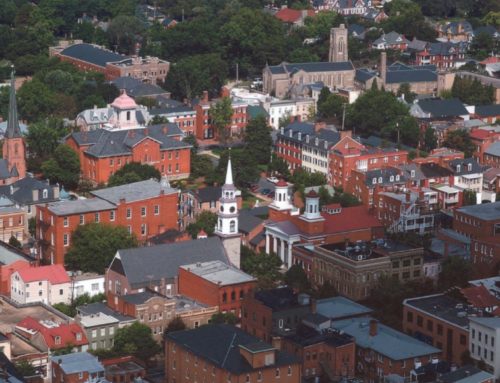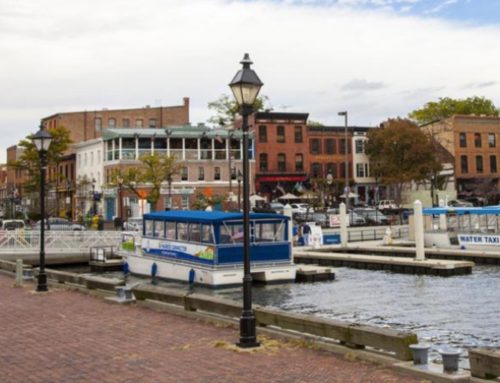Excerpt from the Capital Gazette:
A work group discussing changes to the city code on historic landmarks and structures met Wednesday at the Pip Moyer Recreation Center. Participants pored over each line, debating the changes to city code the Historic Preservation Commission uses for oversight and regulation of historic properties.
For those at the meeting, the discussion is important because changes to this code could change how they are required to care for their properties.
…The legislation up for debate is revamping the city’s code governing historic properties. The bill has been under construction since April 2015 with Kennedy and the Historic Preservation Commission holding a few public and closed meetings.
The changes are an effort to clear up certain areas of the law while strengthening the city’s ability to prevent and regulate any decaying historical buildings, Kennedy said. The proposed legislation covers the commission’s jurisdiction over repairs, maintenance, demolition by neglect and other facets of the code.
…One of the core discussions Wednesday centered on landmarks, which are items that have been designated as historically significant by the City Council that could fall outside of the city’s established Historic District. In doing so, those landmarks would fall under the commission’s stewardship, which is tasked with protecting and preserving historical buildings and properties in the city.
The intent of the legislation is to make sure landmarks regulated by the commission benefit from tax credits and property tax increases, officials said.
“We want to provide that economic incentive to help those property owners,” said Lisa Craig, chief of the historic preservation office.
But changes surrounding landmarks have raised concerns it would expand the authority and the regulated boundaries of the Historic Preservation Commission outside the local area.
“You are creating an Annapolis landmark process, but in this legislation it is not clear that landmark relates to anything that is local,” said former mayor Ellen Moyer.
The group carried discussion through the evening and continued their debate past press time. Almost every section discussed Wednesday prompted debate. At one point, a group singing in a nearby room could be heard in the work group’s meeting.
The work group plans to continue meeting through May 11, breaking down the proposed changes into digestible subjects. Future discussions will tackle how historic property owners repair and maintain their properties and how the city handles demolition by neglect cases, among other topics. The meetings are open to the public, with the next one taking place on April 6, according to the syllabus.
Many members of the group were engaged and Craig took notes on large sheets of paper on questions and concerns that would be revisited, removed or further debated. The debate often skewed into the highly technical weeds of legislative jargon and definitions.


